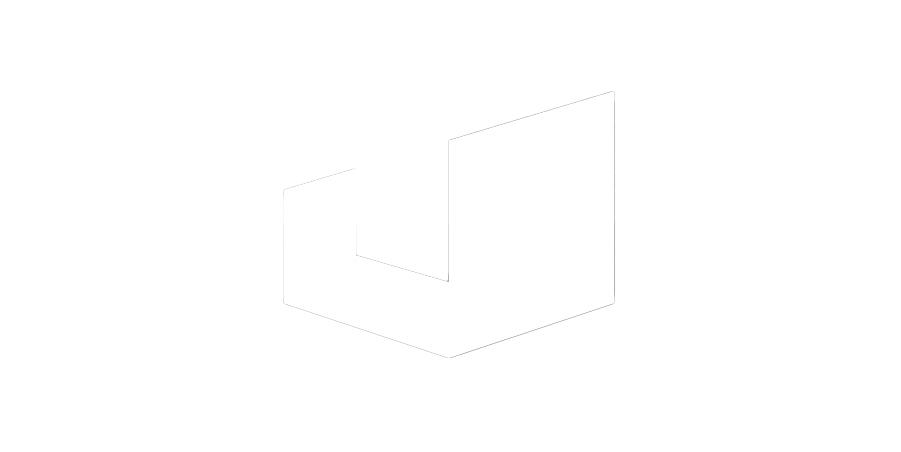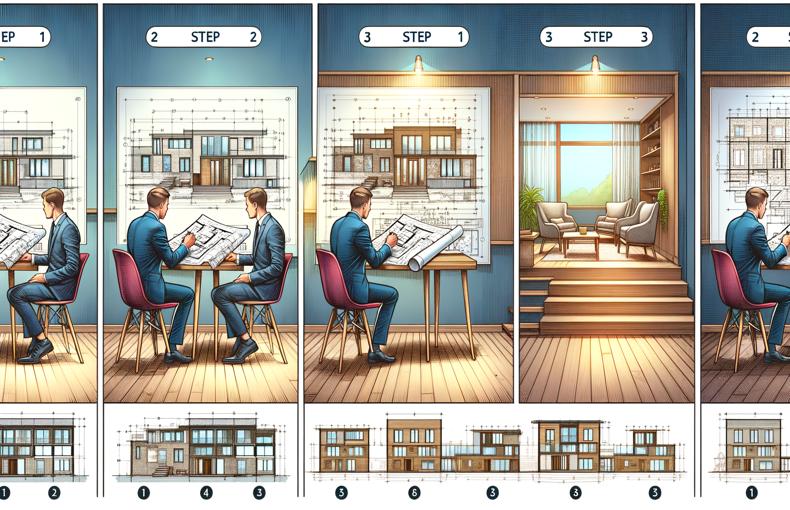Flexibility in Design: How Your Drafter Accommodates Changes and Revisions
In the world of design and drafting, change is not just inevitable; it’s expected. Whether you're working on architectural plans, engineering projects, or even graphic design, the revision process is a crucial aspect of bringing any vision to life. Understanding how your drafter accommodates changes and revisions can make a significant difference in the efficiency and success of your project. Here’s a closer look at why flexibility in design matters and how skilled drafters manage the revision process seamlessly.
Embracing the Dynamic Nature of Design
Design is inherently an iterative process. Rarely does a project proceed from concept to completion without modifications. Client feedback, regulatory requirements, budget constraints, and unforeseen challenges all contribute to the need for revisions. A good drafter not only anticipates these changes but also thrives on the opportunity to refine and improve the design.
Key Elements of a Flexible Drafter
-
Active Listening and Communication: Effective drafters are excellent listeners. They pay close attention to client feedback and ask clarifying questions to ensure they understand the desired changes. Open lines of communication between the client and the drafter are vital for a smooth revision process.
-
Technical Proficiency: Proficient drafters are well-versed in the latest drafting software and tools, allowing them to make adjustments quickly and accurately. Their technical skills enable them to modify designs without compromising quality or integrity.
-
Problem-Solving Skills: Revisions often present unique challenges that require creative solutions. Drafters with strong problem-solving abilities can navigate these challenges efficiently, finding ways to implement changes while maintaining the overall vision and functionality of the design.
-
Attention to Detail: Changes to one aspect of a design can have a ripple effect on the entire project. Drafters with keen attention to detail meticulously review and adjust related elements to ensure consistency and coherence throughout the design.
The Revision Workflow
Initial Draft
The revision process typically begins with the initial draft, a comprehensive representation of the client’s vision. This draft serves as the foundation for subsequent revisions.
Client Feedback
After reviewing the initial draft, clients provide feedback, which may include minor tweaks or significant changes. This feedback is the cornerstone of the revision process.
Revision and Refinement
Using the client's input, the drafter makes the necessary changes. This phase may involve several iterations, with ongoing communication between the drafter and the client to ensure the design evolves in the right direction.
Final Approval
Once all revisions have been made and the client is satisfied with the design, the drafter prepares the final version. This version is typically more polished and detailed, ready for implementation or presentation.
Benefits of a Flexible Revision Process
-
Client Satisfaction: A flexible revision process ensures that the final design aligns with the client’s vision, increasing satisfaction and trust in the drafter’s capabilities.
-
Enhanced Creativity: Flexibility allows for creative exploration, enabling drafters to experiment with different solutions and design approaches.
-
Efficiency: A well-managed revision process reduces the time and effort required to finalize the design, leading to faster project completion.
-
Adaptability: The ability to accommodate changes efficiently makes it easier to adapt to new information or requirements, ensuring the project stays on track despite unforeseen challenges.
Conclusion
Flexibility in design is not just a nice-to-have attribute; it’s a necessity. Skilled drafters who can effectively manage revisions play a critical role in bringing your vision to life. By embracing change and refining designs through a collaborative and iterative process, they ensure that the final product meets or exceeds expectations. When working with a drafter, prioritize those who demonstrate a strong commitment to flexibility, technical proficiency, and clear communication. Your project’s success depends on it.











